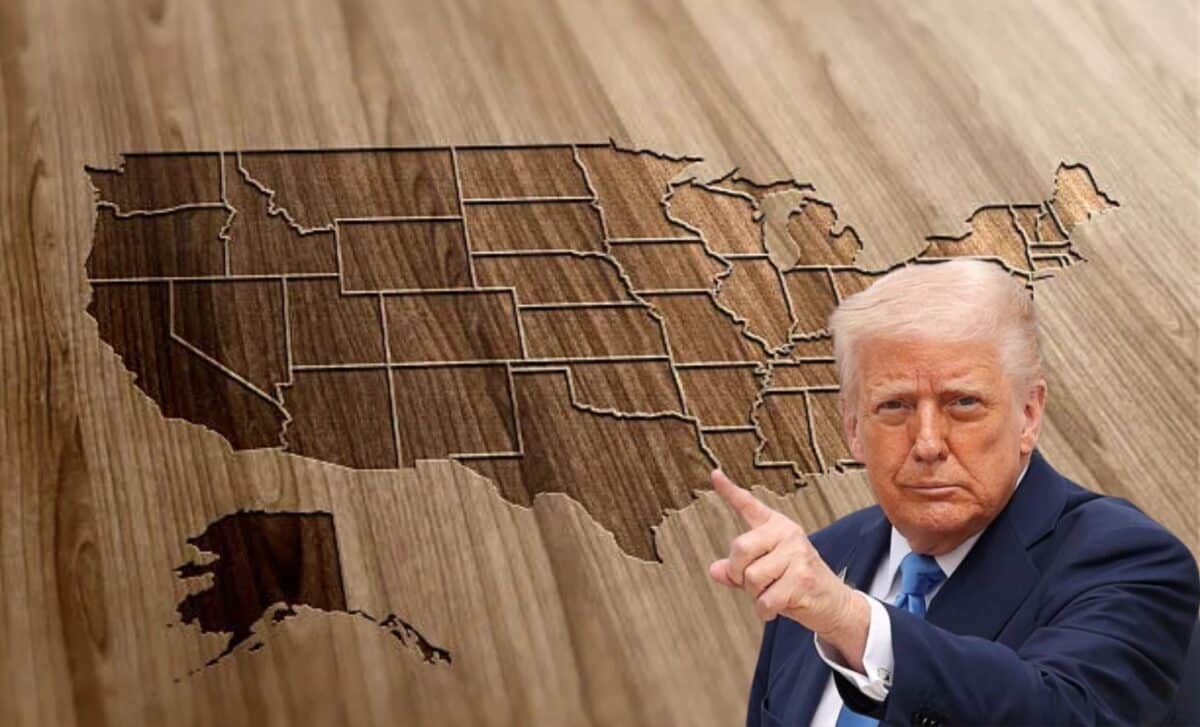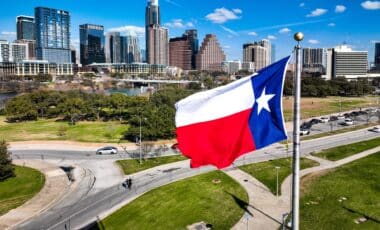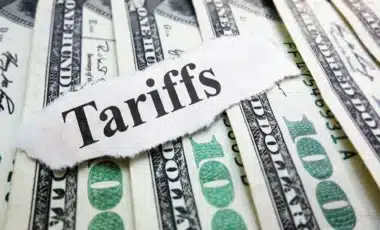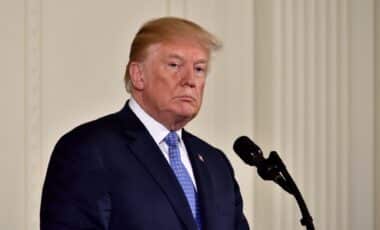U.S. President Donald Trump has imposed a 10% tariff on imports from uninhabited territories, including Australia’s Heard and McDonald Islands and the British Indian Ocean Territory. The move, part of a broader trade measure, also affects a U.S. military base and other remote regions with no significant trade ties.
The new tariffs form part of a wider series of reciprocal levies targeting over 180 trade partners, according to Axios, with some territories drawing international attention due to their remoteness and lack of economic activity.
Among the most surprising entries on the tariff list are locations where no permanent human population exists and no meaningful commercial exchanges with the U.S. are documented.
Remote Australian Territory Among Tariff Targets
The Heard and McDonald Islands, an external Australian territory in the sub-Antarctic, were singled out in the White House’s updated list of tariffed regions.
According to the Australian Antarctic Program, the islands are uninhabited, volcanic, and classified as a UNESCO World Heritage Site due to their ecological value. They are considered one of the most pristine environments on Earth, with no recorded species introduced by human activity.
Despite the isolation of these islands—accessible only by a sea journey of up to two weeks from Perth—U.S. trade data records show imports valued at up to $1.4 million in 2022, mostly classified as “machinery and electrical,” according to World Bank data. The origins and nature of these imports remain unclear.
Commercial fishing occurs in the surrounding waters under strict Australian regulation, but the islands themselves have no infrastructure or permanent presence.
Australian Prime Minister Anthony Albanese responded with surprise, stating that “nowhere on earth is safe,” in reference to the apparent indiscriminate nature of the tariff list.
Other external territories such as Norfolk Island and the Cocos (Keeling) Islands were also affected. Norfolk Island, home to fewer than 2,200 residents, was hit with a 29% levy, despite having no confirmed exports to the U.S., according to its local administrator.
U.S. Military Base Also Affected by Levies
Equally unexpected was the inclusion of the British Indian Ocean Territory, home to the U.S. military base on Diego Garcia. The island hosts U.S. and U.K. military personnel and has no civilian population or known commercial exports to the United States. Nevertheless, it is now subject to the same 10% baseline tariff as other foreign jurisdictions.
The rationale behind including territories without economic relevance remains unclear. According to Axios, the tariffs are part of a strategy to enforce reciprocal trade standards and address perceived imbalances. The move has prompted international responses, with Canada, China and the European Union signalling retaliatory measures.
The apparent inclusion of territories without trade relevance has raised questions about the methodology and intent of the tariff strategy, with some analysts describing the list as inconsistent and politically symbolic rather than economically grounded.









